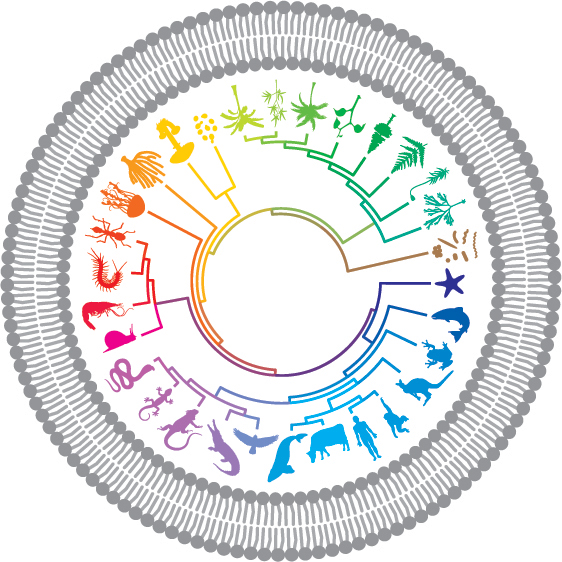 In a recent Comment in BMC Biology, Gregory Petsko appeals to some particularly surprising patterns of comorbidity in support of the argument for breaking the traditional boundaries between disciplines in translational research. This ever-topical issue featured at a recent panel session combining two parallel Keystone conferences on Regenerative Tissue Engineering and Transplantation and Mechanisms of Whole Organ Regeneration (co-organized by Rocky S. Tuan and Alejandro Sánchez Alvarado conference), with discussion on how to overcome the main obstacles to translation of basic research into the clinic.
In a recent Comment in BMC Biology, Gregory Petsko appeals to some particularly surprising patterns of comorbidity in support of the argument for breaking the traditional boundaries between disciplines in translational research. This ever-topical issue featured at a recent panel session combining two parallel Keystone conferences on Regenerative Tissue Engineering and Transplantation and Mechanisms of Whole Organ Regeneration (co-organized by Rocky S. Tuan and Alejandro Sánchez Alvarado conference), with discussion on how to overcome the main obstacles to translation of basic research into the clinic.
What enables successful translation to the clinic? Michele de Luca was highlighted as a scientist who has made this happen, with success in transplanting human cornea grown from patient’s limbal stem cells in the laboratory. Kenneth R. Chien called for a generation of “scienteers” – researchers with multi-disciplinary training in both basic research and tissue engineering. Practical needs include the establishment of appropriate manufacturing standards (GMP); use of FDA approved materials; methods to deliver technologies, for example, how to implant cells; and develop better animal models applicable to cells or drugs for therapeutic use in humans (with a move away from a focus on mice).
As a final conclusion to the panel discussions, it was agreed that funding bodies (especially the NIH) could do more to promote such interdisciplinary interactions but also that scientists need to write grants in such a way to make this happen. Leading on from this, the panel promoted publication of work in open access general journals to reach “beyond your immediate community”. With this in mind, we welcome such submissions!
J Ann Le Good, Deputy Editor, BMC Biology
Latest posts by Alice Plane (see all)
- Folates, lifespan and the gut microbiome - 31st July 2012
- Now on video: Diet, cancer and obesity – Emperors’ clothes and Elephants - 12th July 2012
- Breaking walls and mending organs - 17th May 2012
Comments